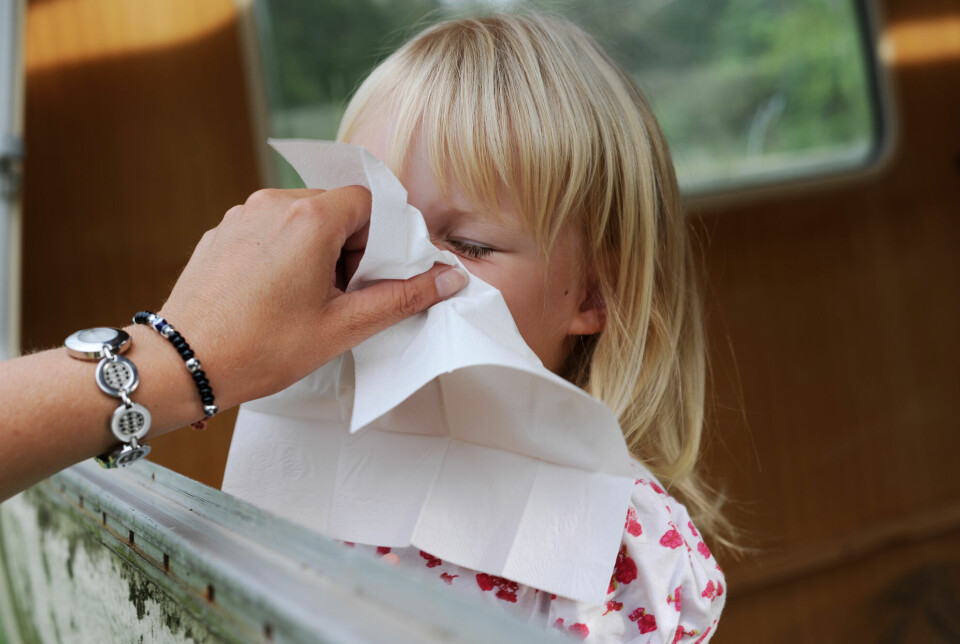
Norwegian Institute of Public Health:
Children have been more affected by flu after the pandemic
The protection against influenza among the youngest children dropped significantly during the Covid-19 pandemic, according to a new report from NIPH.
This led to more infections and more hospital admissions when the influenza virus returned after the pandemic, writes the Norwegian Institute of Public Health (NIPH).
They have collected serum samples from before and after the pandemic. From them, it is evident that children aged zero to four years have struggled more with influenza after the pandemic than they did before.
The youngest should be closely monitored
Serum samples from the fall of 2023 indicate a rise in protective antibodies in the youngest individuals, according to NIPH. This suggests that the children have regained some of protection lost after the pandemic. It also reflects the high prevalence of infection in the 2022/2023 season.
“The youngest should still be closely monitored going forward. We especially recommend children with underlying diseases, which make them vulnerable to severe illness, to get vaccinated ahead of the flu season,” says Even Fossum, researcher at NIPH’s Department of Virology.
Vaccination provided an additional effect in older individuals
The study has focused on a type of protective antibodies, and thus does not show the breadth of immunity against influenza, NIPH writes.
In general, there has been stable immunity against influenza after the pandemic in most age groups. This is partly due to a change in the virus.
Moreover, older individuals became better protected as a result of an additional effect of influenza vaccination. This led to an increase in protective antibodies that also work against newer flu variants, says Fossum.
———
Read the Norwegian version of this article on forskning.no





































